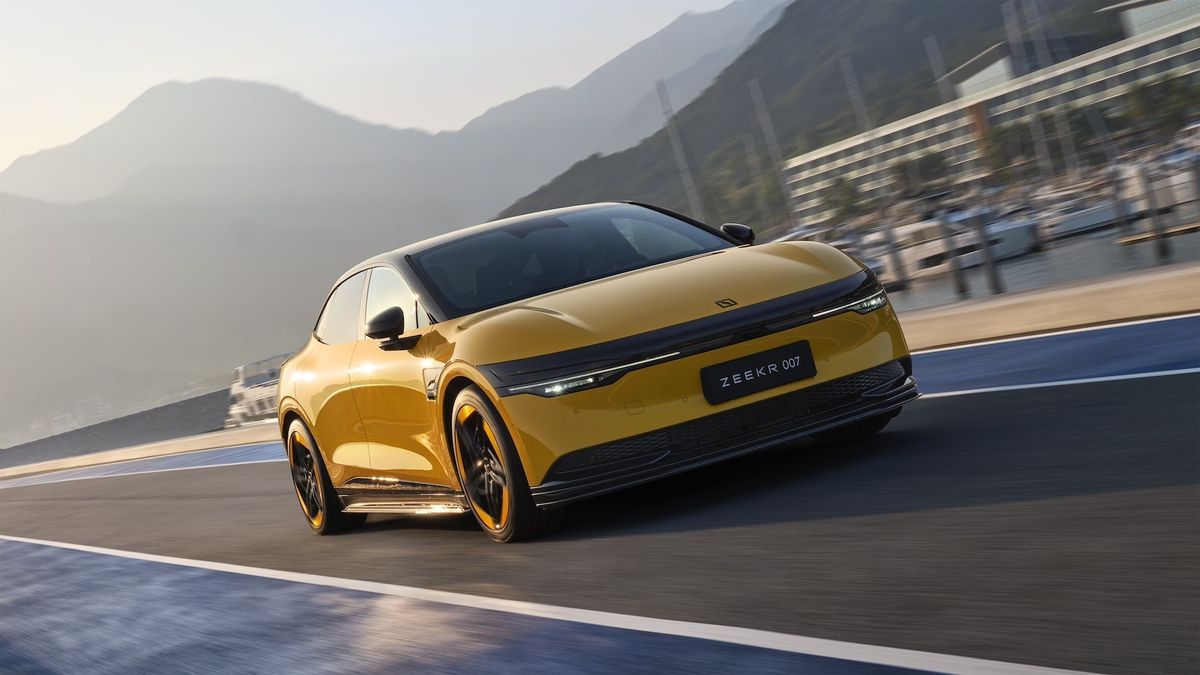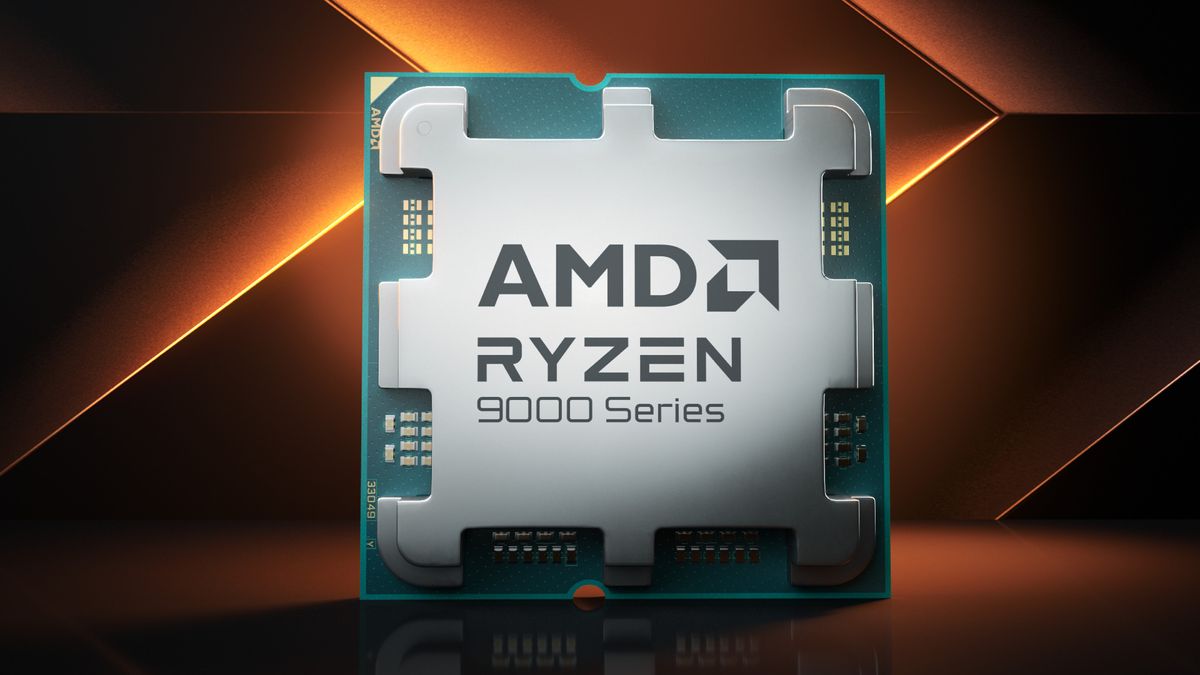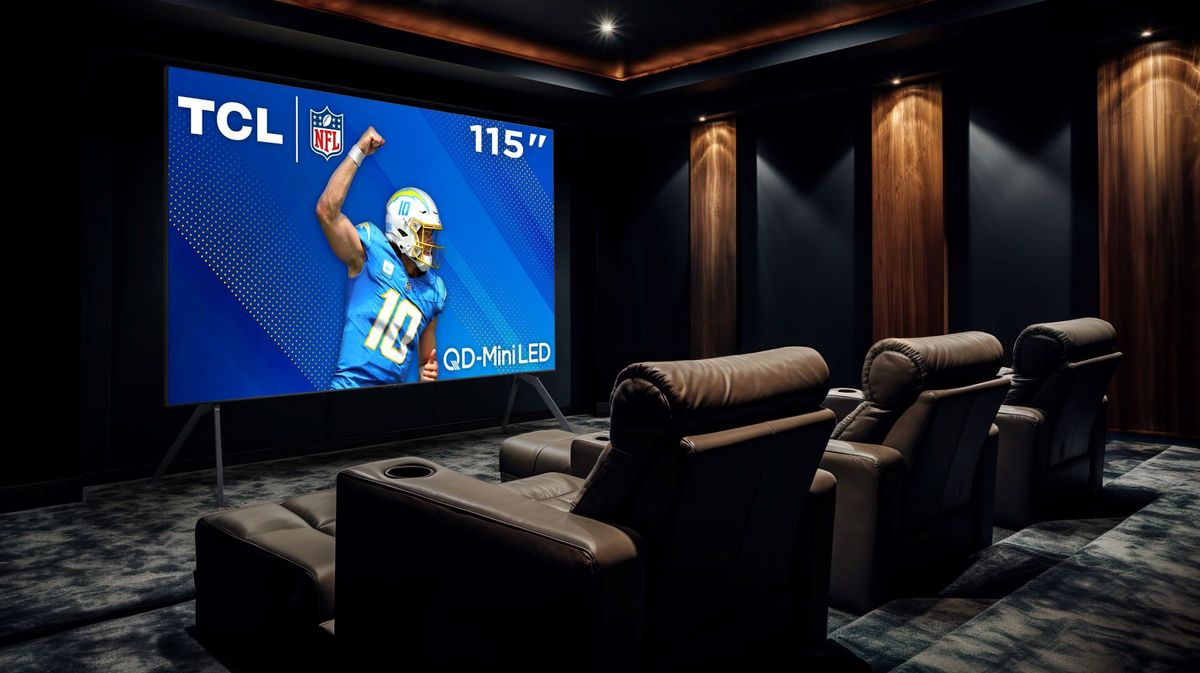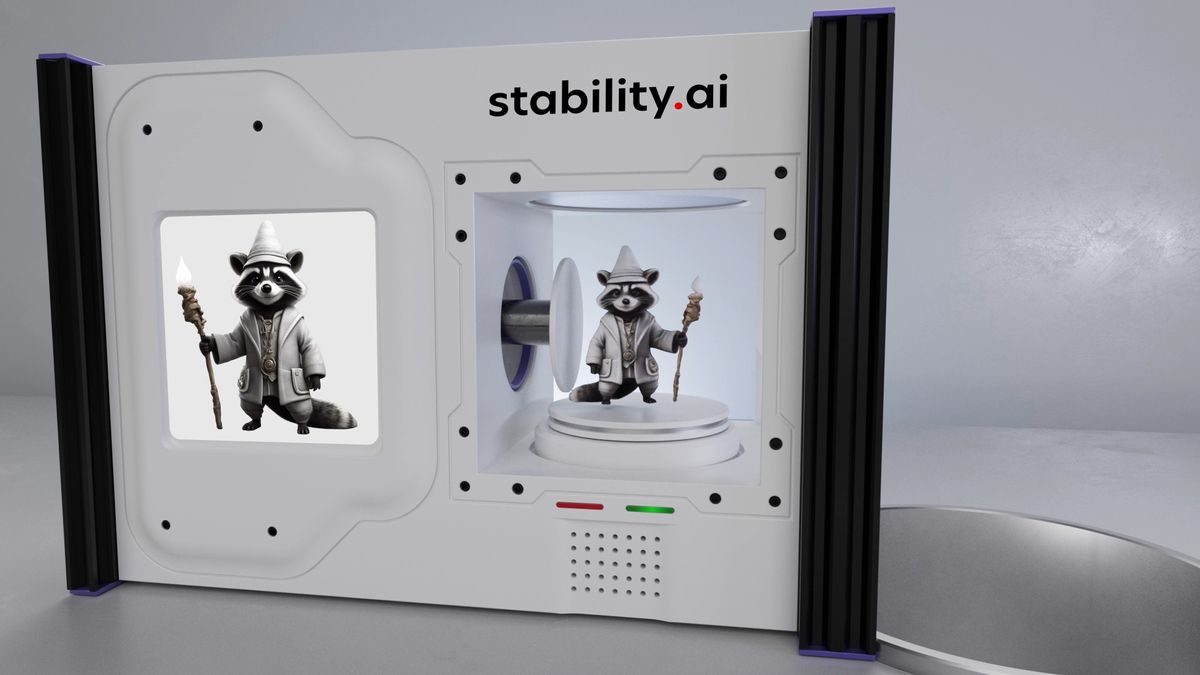Chinese electric vehicle manufacturer Zeekr has just unveiled its latest 5.5C lithium iron phosphate battery packs, which the company says are capable of recharging from 10% to 80% in just over 10 minutes.
The official figure is 10 minutes and 30 seconds, and Zeekr goes on to claim that even in extremely cold weather conditions, the same batteries can achieve that charge in just 30 minutes – well short of the time many modern EVs can achieve in perfect ambient conditions.
This is all thanks to an improved battery management system, which has allowed Zeekr engineers to force more power into its upcoming 800V 007 model, which will begin arriving to the first customers next week.
The fastest charging cars currently on sale are the Lotus Eletre and Porsche Taycan, which can charge their batteries at rates of up to 350kW and 320kW respectively, which will take around 20 minutes.
While Zeekr has effectively cut that time in half, the big catch is that owners will have to track down one of the company's ultra-fast V3 “charging stacks,” which are capable of delivering up to 600 kW, far outpacing anything currently available in the U.S. and Europe.
Zeekr says it has opened more than 500 of the ultra-fast charging stations in China and plans to increase that number to 1,000 this year and 10,000 by 2026, though it has not said how many it plans to install overseas.
China is moving forward at full speed
Although Zeekr is expanding into other regions, having recently found good acceptance among Swedish and Dutch buyers, it is the Chinese market that is benefiting primarily from its innovation in batteries and charging.
In the US, the UK and much of Europe, the number of ultra-fast and hyper-fast chargers (those that can supply 350kW or more) is still very much in the minority. China, by contrast, is making great strides.
Even as EV manufacturers try to create models that can charge in a similar time as their fossil-fueled counterparts, it's the public charging network that's constantly playing catch-up.
With each increase in charging capacity, the grid must offer options to meet those speeds. While 350kW was once considered the maximum capacity level for EV batteries, companies like Zeekr are proving that it’s possible to increase that number — and dramatically.
It won't be long before companies like Tesla and other EV pioneers start rolling out models and infrastructure that are approaching the 600kW region or more. In a few years, 350kW will seem like a small amount, but we'll still have to wait for the public grid to catch up before we can take advantage of those high numbers.









